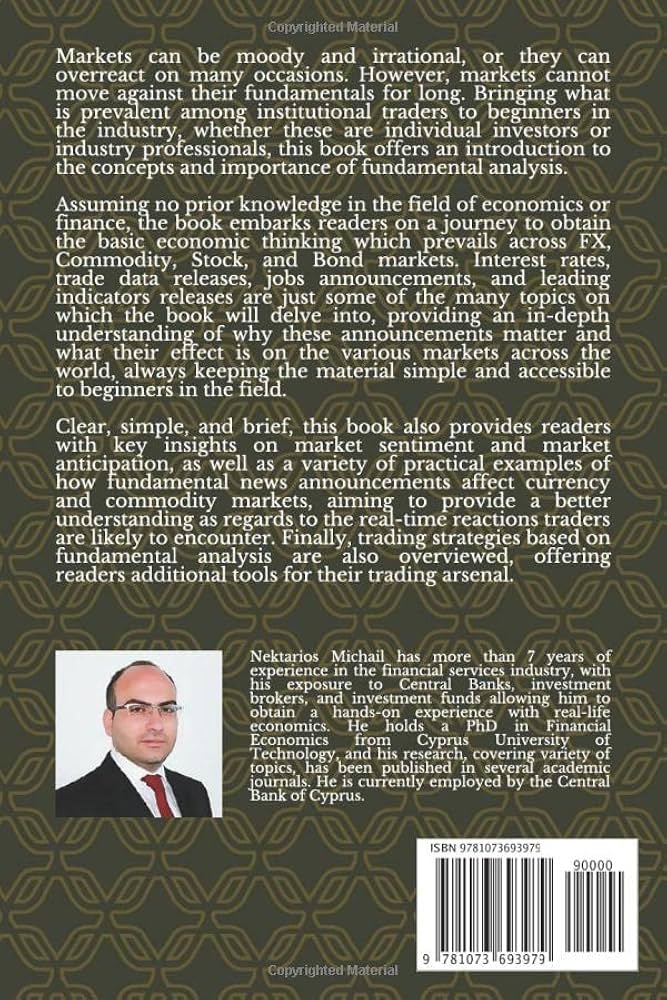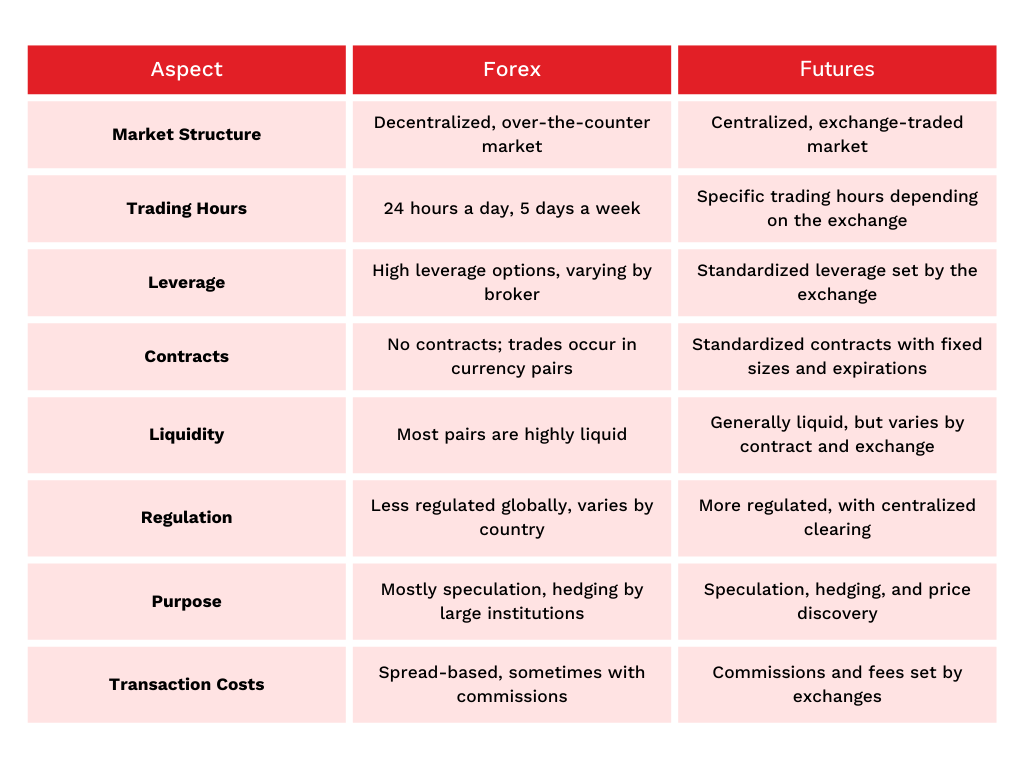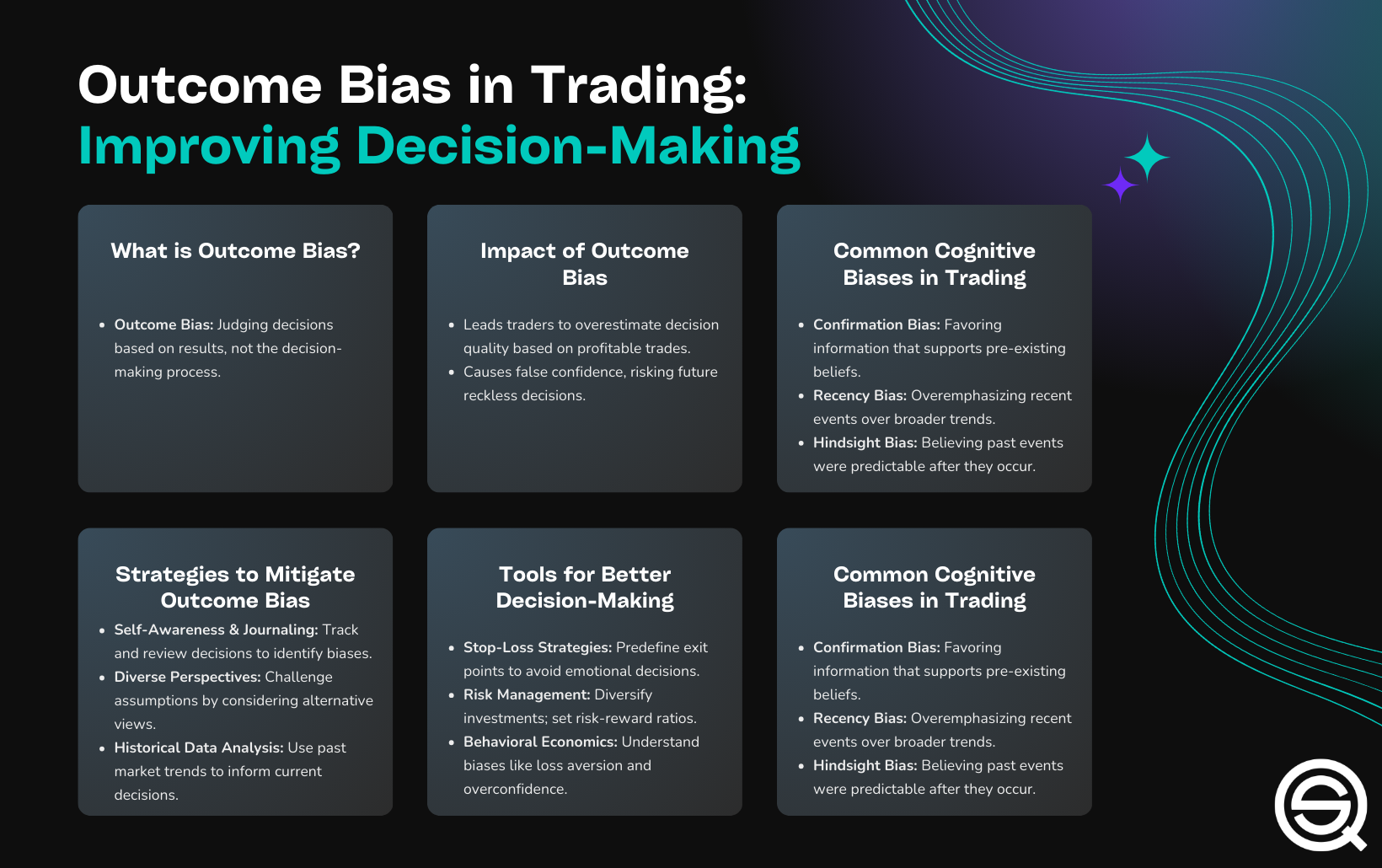Did you know that economic events can swing markets faster than a caffeinated squirrel on a sugar rush? In the world of futures day trading, understanding the impact of these events is crucial. This article dives deep into how economic indicators, interest rates, and employment figures shape futures prices. It explores the influence of central bank policies, inflation, and geopolitical events on trading strategies. You'll learn how to prepare for economic data releases and the tools that can help analyze their impacts. With insights on market sentiment and seasonal trends, traders can better navigate the risks associated with trading futures during volatile economic events. So, buckle up and get ready for a whirlwind tour of the economic landscape that every futures trader should know, brought to you by DayTradingBusiness.
How Do Economic Events Affect Futures Day Trading?
Economic events significantly impact futures day trading by creating volatility and influencing market sentiment. Key reports, like employment data or GDP growth, can lead to rapid price movements. Traders often react to these events, which can cause spikes or drops in futures contracts. For example, positive employment figures may boost commodity prices, while negative news can drive them down. Understanding the timing and implications of these economic indicators helps traders make informed decisions and capitalize on market shifts.
What Key Economic Indicators Should Day Traders Monitor?
Day traders should monitor these key economic indicators:
1. Non-Farm Payrolls (NFP): Indicates job growth and economic health.
2. Gross Domestic Product (GDP): Measures overall economic performance.
3. Consumer Price Index (CPI): Reflects inflation trends and purchasing power.
4. Unemployment Rate: Shows labor market strength.
5. Federal Reserve Interest Rate Decisions: Impacts market liquidity and borrowing costs.
6. Manufacturing and Services PMIs: Gauge sector health and economic activity.
7. Retail Sales: Indicates consumer spending patterns.
Tracking these indicators helps predict market movements and make informed trading decisions.
How Can Economic Reports Influence Futures Prices?
Economic reports influence futures prices by providing data on key indicators like employment, inflation, and GDP growth. Positive reports often lead to higher futures prices as they signal economic strength, while negative reports can cause prices to drop due to concerns about economic slowdown. Traders react quickly to these reports, adjusting their positions based on the anticipated impact on supply and demand. For example, a strong jobs report might boost crude oil futures if it suggests increased consumer activity, while weak retail sales could lead to a decline in agricultural futures.
What Is the Role of Interest Rates in Futures Day Trading?
Interest rates significantly impact futures day trading by influencing market volatility and trader sentiment. When interest rates rise, borrowing costs increase, which can lead to reduced consumer spending and lower economic growth expectations. This often results in price declines for commodities like oil and agricultural products. Conversely, lower interest rates can boost market liquidity and increase trader confidence, driving up prices. Economic events, such as Fed announcements, directly affect interest rates, creating opportunities and risks for day traders to capitalize on market movements. Understanding these dynamics helps traders make informed decisions in the futures market.
How Do Employment Figures Impact Futures Markets?
Employment figures significantly impact futures markets by influencing trader sentiment and market expectations. Strong employment data can lead to bullish trends, driving prices up, as it suggests economic growth and potential interest rate hikes. Conversely, weak employment figures may cause bearish trends, leading to price declines as traders anticipate slower economic activity. Futures traders closely monitor these reports to adjust their positions, affecting commodities, currencies, and indices. The immediate reaction often results in increased volatility, making timing crucial for day trading strategies.
What Strategies Can Traders Use During Economic Announcements?

Traders can use several strategies during economic announcements:
1. Pre-Announcement Positioning: Anticipate market reactions by entering positions before the announcement based on forecasts.
2. Volatility Trading: Focus on options strategies or futures contracts to capitalize on price swings immediately following the news.
3. News Reaction Trading: Quickly analyze the announcement's impact and trade in the direction of the market’s initial reaction.
4. Straddle Strategy: Buy both call and put options to profit from large price movements in either direction.
5. Fade the Initial Move: If the market overreacts, consider taking positions against the trend once volatility subsides.
6. Use of Stop Losses: Protect your capital by setting tight stop losses to manage risk during unpredictable price movements.
7. Economic Calendar Awareness: Stay informed about scheduled announcements to plan trades around key events.
Implementing these strategies can help traders navigate the volatility created by economic events in futures day trading.
How Do Inflation Rates Affect Futures Trading Decisions?
Inflation rates significantly influence futures trading decisions. When inflation rises, traders often anticipate increased costs for goods, leading to higher futures prices. This can prompt buying in commodities like oil and food. Conversely, if inflation is low, traders may sell off futures, expecting lower prices. Additionally, central bank responses to inflation, such as interest rate changes, can create volatility, affecting market sentiment and trading strategies. Traders often analyze inflation data to adjust their positions, hedge risks, and capitalize on price movements.
What Are the Impacts of Central Bank Policies on Futures?
Central bank policies significantly impact futures markets by influencing interest rates, inflation expectations, and overall market sentiment. When a central bank raises or lowers rates, it directly affects the cost of borrowing, which can lead to increased or decreased demand for commodities and financial instruments. For example, an interest rate hike might strengthen the currency, making exports more expensive, which could negatively impact agricultural futures.
Additionally, announcements regarding quantitative easing or tightening can create volatility, prompting traders to adjust their positions. Economic indicators released by central banks—like GDP growth or employment data—also drive futures prices, as they signal the health of the economy. Traders often react swiftly to these events, leading to sharp price movements in futures contracts.
How Can Traders Prepare for Economic Data Releases?
Traders can prepare for economic data releases by following these steps:
1. Research the Schedule: Keep a calendar of key economic events like employment reports and GDP releases.
2. Understand the Impact: Know how specific data affects the markets. For instance, strong job growth can boost stocks and futures.
3. Set Alerts: Use trading platforms to set alerts for upcoming releases to avoid missing critical information.
4. Review Historical Data: Analyze past reactions to similar reports to gauge potential market movement.
5. Develop a Strategy: Create a trading plan that outlines entry and exit points based on expected volatility.
6. Manage Risk: Use stop-loss orders to protect against unexpected market swings.
7. Stay Informed: Follow news and expert analysis to adapt quickly to changing market sentiment.
By implementing these strategies, traders can navigate the volatility that often accompanies economic data releases in futures day trading.
How Do Economic Events Impact Futures in Day Trading?

Futures in day trading are contracts to buy or sell an asset at a predetermined price on a specific date. They allow traders to speculate on price movements of commodities, currencies, or indices. Economic events, such as interest rate changes or employment reports, can significantly impact futures prices by influencing supply and demand dynamics, volatility, and market sentiment.
Learn more about: What Are Futures in Day Trading?
What Is the Importance of GDP Reports for Futures Traders?
GDP reports are crucial for futures traders because they indicate economic health and growth prospects. A strong GDP report can lead to bullish sentiment, driving prices up, while a weak report may cause bearish trends. Traders use GDP data to forecast market movements, adjust positions, and manage risks. The reports also influence interest rates and monetary policy, impacting commodities, currencies, and stock indices directly. Understanding GDP trends helps traders make informed decisions and capitalize on market volatility.
How Do Geopolitical Events Influence Futures Day Trading?
Geopolitical events significantly impact futures day trading by creating volatility and influencing market sentiment. For instance, tensions like trade wars or military conflicts can lead to price fluctuations in commodities such as oil and gold. Traders often react to news, adjusting their positions based on perceived risks or opportunities. Economic indicators, like employment reports or inflation data, also play a role, affecting currency futures and stock indices. Thus, staying informed about global events helps traders anticipate market movements and make more strategic decisions.
What Role Does Market Sentiment Play in Futures Trading?
Market sentiment heavily influences futures trading by shaping traders' perceptions and reactions to economic events. Positive sentiment can drive prices up as traders anticipate strong economic data or favorable news, while negative sentiment often leads to price declines due to fear or uncertainty. For example, if a major economic report indicates robust job growth, traders may buy futures, expecting higher demand and prices in the underlying assets. Conversely, disappointing earnings or geopolitical tensions can trigger sell-offs, reflecting a bearish outlook. Understanding market sentiment helps traders make informed decisions and adjust their strategies based on prevailing attitudes.
How Can Unexpected Economic Events Affect Futures Positions?
Unexpected economic events can drastically impact futures positions by causing sharp price movements. For example, if a government releases surprising employment data, it can lead to increased volatility in commodities or stock index futures. Traders holding positions may face rapid losses or gains, forcing them to adjust their strategies quickly.
Moreover, events like natural disasters or geopolitical tensions can disrupt supply chains, affecting futures contracts tied to specific goods. This unpredictability can lead to margin calls if positions lose value, requiring traders to deposit more funds. Overall, staying informed and having a risk management strategy is crucial for navigating these sudden changes in the market.
What Tools Help Traders Analyze Economic Impact on Futures?

Traders can use several tools to analyze the economic impact on futures:
1. Economic Calendars: Websites like Investing.com or Forex Factory provide real-time updates on economic events and indicators.
2. Charting Software: Platforms like TradingView or MetaTrader allow traders to visualize price movements in relation to economic announcements.
3. Market News Services: Services like Bloomberg or Reuters offer in-depth analysis and timely news that affect futures markets.
4. Sentiment Analysis Tools: Tools like Sentix or MarketPsych gauge trader sentiment around economic events, helping predict market reactions.
5. Technical Analysis Indicators: Indicators such as moving averages or Bollinger Bands can help traders assess market trends post-economic announcements.
Using these tools, traders can effectively gauge how economic events influence futures prices.
How Do Seasonal Economic Trends Affect Futures Trading?
Seasonal economic trends significantly influence futures trading by affecting supply and demand dynamics. For instance, agricultural futures often rise during planting and harvest seasons due to changes in crop availability. Energy futures can spike in winter as demand for heating increases. Traders analyze historical data to spot patterns, adjusting their strategies based on expected seasonal movements. Economic events like holidays and weather fluctuations also play a role, leading to increased volatility. Understanding these trends helps traders make informed decisions and capitalize on potential price shifts.
What Are the Risks of Trading Futures During Economic Events?
Trading futures during economic events carries several risks. First, volatility can spike, leading to rapid price swings that may result in significant losses. Second, unexpected news can create gaps in prices, making it difficult to execute trades at desired levels. Third, increased volume may overwhelm trading platforms, causing delays or outages. Additionally, sentiment can shift quickly, influencing market direction unpredictably. Finally, leverage amplifies both gains and losses, increasing the potential for substantial financial damage.
Conclusion about Impact of Economic Events on Futures Day Trading
Understanding the impact of economic events on futures day trading is crucial for navigating market fluctuations. Key indicators such as employment figures, interest rates, and GDP reports play significant roles in price movement and trader sentiment. By employing effective strategies and utilizing analytical tools, traders can better prepare for data releases and minimize risks associated with unexpected economic shifts. Staying informed and adaptable is essential for success in the dynamic world of futures trading. For deeper insights and tailored strategies, explore the resources available at DayTradingBusiness.
Learn about Impact of Economic News on Forex Day Trading